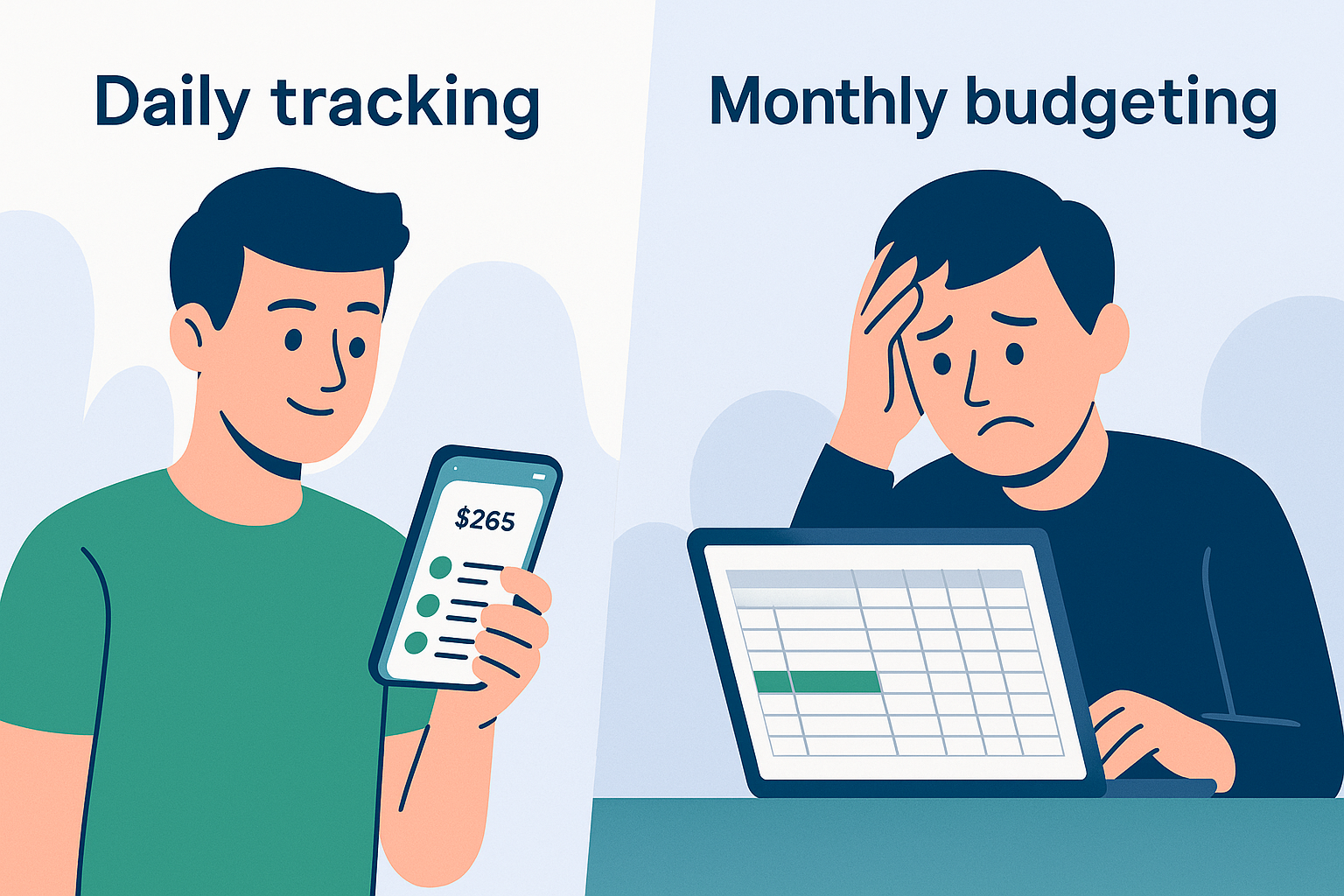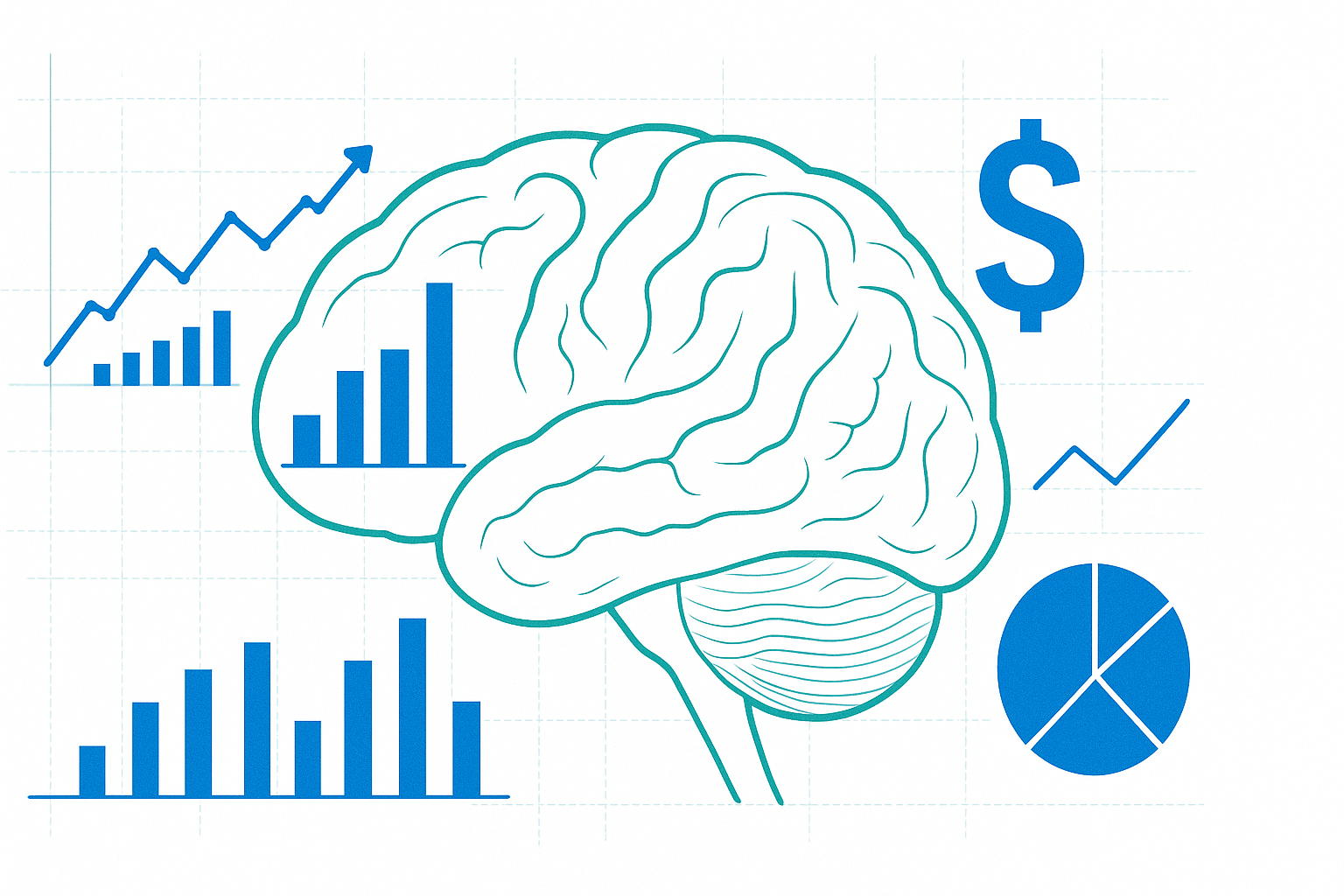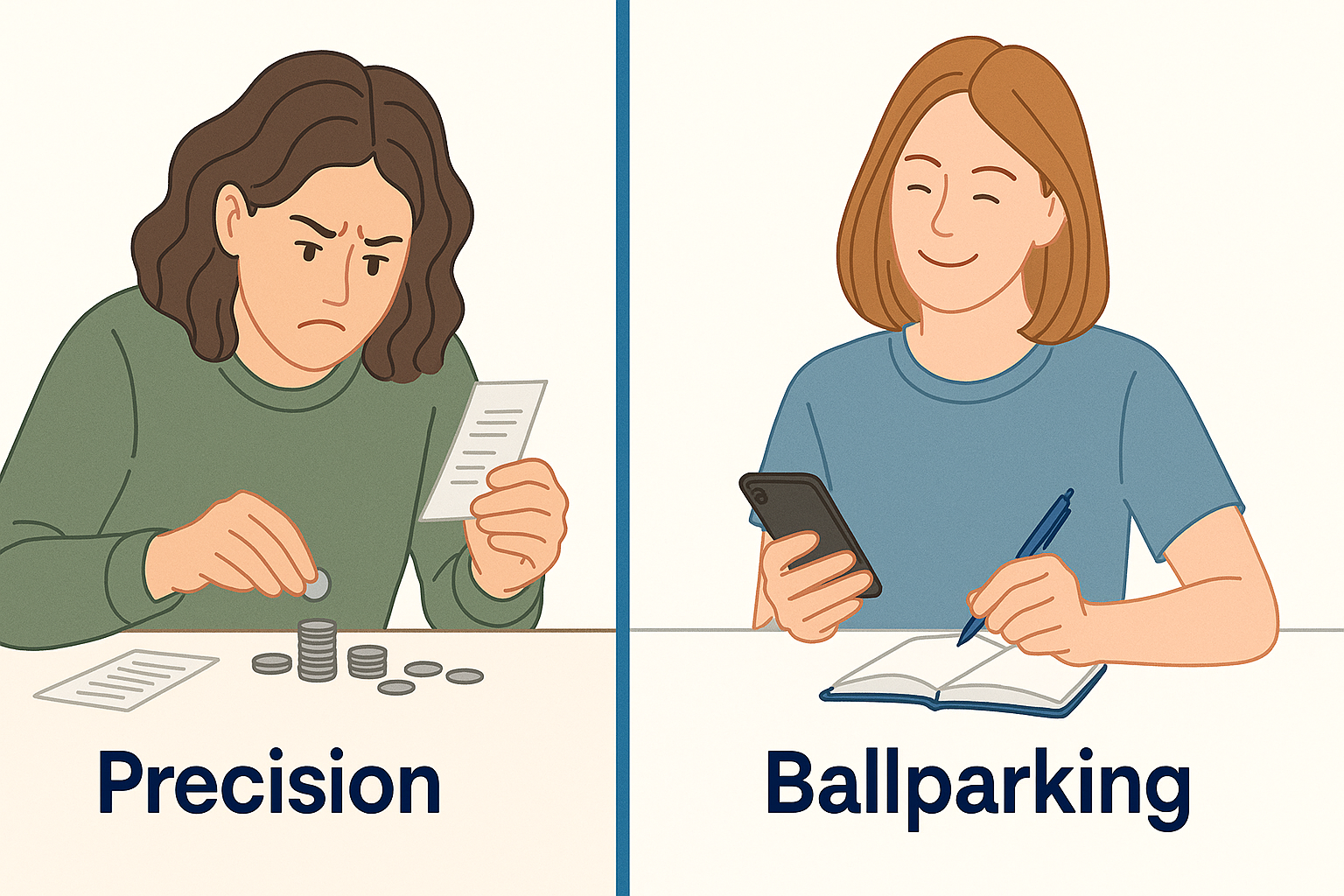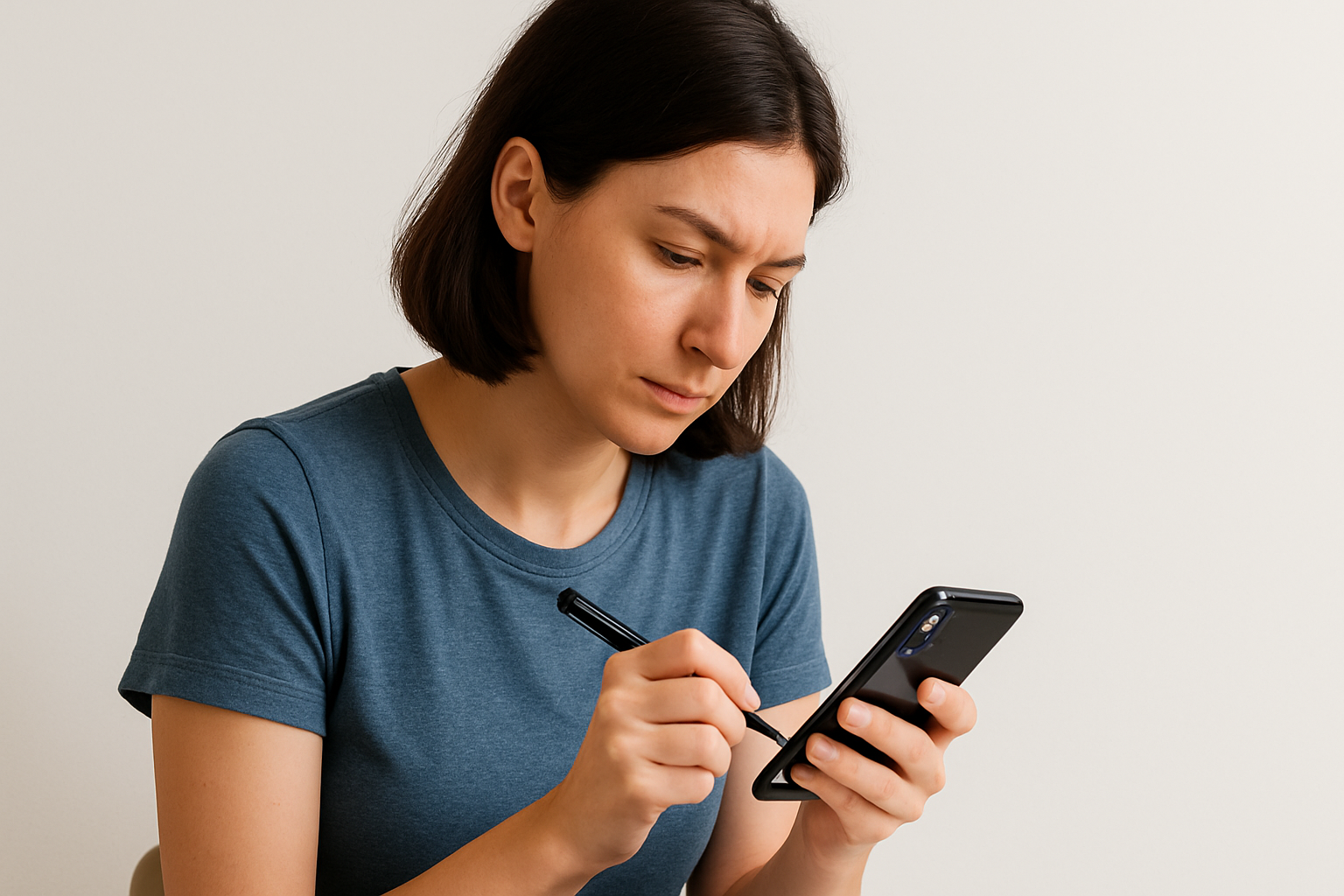
The simple act of recording creates a powerful moment of awareness
The Hidden Power of Manual Recording
In an age of automation, the idea of manually recording anything might seem outdated. Why write something down when an app can track it automatically? Why log expenses when your credit card statement does it for you?
Yet research across multiple fields—from nutrition and fitness to productivity and finance—reveals a surprising truth: the simple act of manually recording your actions creates profound and lasting behavior change.
This isn't just about having a record; it's about what happens in the moment of recording. Something powerful occurs when you consciously note an action—a moment of awareness that can gradually transform your habits.
"The act of measurement isn't just about collecting data—it's about creating awareness that changes behavior."
The Science of Self-Monitoring
Psychologists call this "self-monitoring," and it's one of the most well-established techniques in behavior change science. Here's what research tells us:
- In weight management studies, participants who manually recorded food intake lost twice as much weight as those who didn't, regardless of what diet they followed.
- In fitness research, manual tracking of workouts increased consistency by 47%, even when the data wasn't reviewed later.
- In productivity studies, people who recorded time usage improved focus by 31%, even without making intentional changes to their schedule.
- In financial research, manual expense tracking led to an average 15-20% reduction in discretionary spending without any budgeting rules.
The consistent finding across all these fields is clear: the simple awareness created by recording behavior changes the behavior itself.

The Awareness Loop: How manual recording creates behavior change
Why Manual Recording Works
What makes manual recording so powerful? Cognitive scientists have identified several mechanisms:
1. Creating a Moment of Awareness
When you manually record something, you create a pause—a brief moment of reflection. This interrupts automatic behavior and introduces consciousness into what might otherwise be a mindless action.
In financial terms, this means transforming an automatic swipe of a credit card into a conscious decision. That tiny moment of awareness is where change begins.
2. Introducing Friction That Helps, Not Hurts
Product designers usually aim to remove friction ("one-click purchasing"), but behavior scientists know that strategic friction can be beneficial. The small effort required to record an action creates just enough pause to reconsider habits.
This "positive friction" is powerful enough to change behavior but small enough not to become burdensome.
3. Leveraging the Hawthorne Effect
The Hawthorne Effect describes how people modify behavior when they know it's being observed. Self-monitoring creates a similar effect—you become both the observer and the observed, creating a gentle accountability loop.
4. Activating Cognitive Dissonance
Recording actions that don't align with your goals creates cognitive dissonance—mental discomfort that motivates change. When you record a purchase that conflicts with your savings goals, the discomfort subtly encourages different choices next time.

Recording creates awareness of the gap between actions and intentions
The Automation Paradox
This research reveals what we call the "automation paradox" in financial apps: while automation makes tracking easier, it removes the very friction that creates behavior change.
Consider these two scenarios:
Automated Tracking
Your app automatically imports all transactions. You receive a monthly summary showing you spent $240 on dining out.
Manual Recording
You manually record each restaurant purchase. With each $15 lunch, you have a brief moment of awareness about the choice.
In the automated scenario, you get more data but less awareness. In the manual scenario, you get the crucial moments of consciousness when behavior change happens.
This doesn't mean automation is bad—it means we need to be intentional about where we introduce friction in our financial systems.
The Balance: What to Track and What to Automate
The most effective approach combines strategic manual recording with thoughtful automation:
What to Record Manually
- Discretionary spending - These daily choices benefit most from the awareness moment
- Progress toward goals - Manually noting progress creates motivation
- New habits you're building - The act of recording reinforces habit formation
What to Automate
- Fixed expenses - Bills and subscriptions don't benefit from awareness moments
- Savings transfers - "Set it and forget it" works well here
- Long-term tracking - Historical analysis is where automation shines
"Automate what should be consistent; manually record what you want to change."
Making Manual Recording Work for You
How can you harness the power of manual recording without it becoming burdensome? Here are practical strategies:
1. Focus on Approximation, Not Precision
The awareness benefit comes from the act of recording, not from perfect accuracy. Don't worry about recording $6.71 for coffee—$7 is fine. The point isn't accounting precision; it's mindful recording.
2. Create a Simple Capture System
The easier it is to record, the more likely you'll do it. A quick-entry system with minimal fields creates enough awareness without becoming frustrating.
3. Record at the Decision Point
The most powerful moment to record is right at the point of decision or immediately after. This creates the strongest connection between the action and the awareness.
4. Start Small and Specific
Don't try to manually record everything. Start with one category of spending that you want to change, then expand as the habit forms.
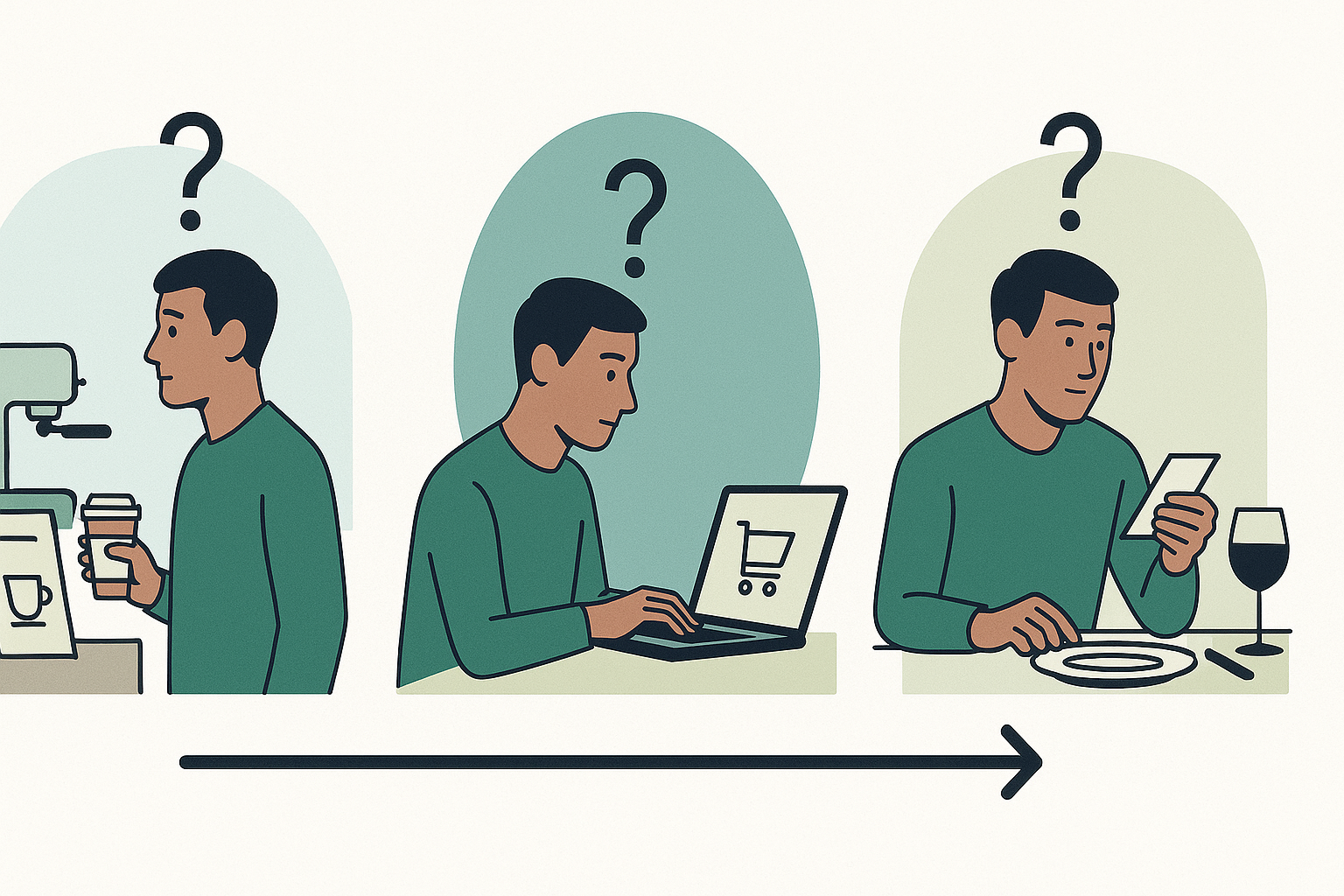
Recording at the decision point creates the strongest behavior change
Real-World Results
The research is compelling, but what about real-world results? Here's what DASPR users report after switching from automated to manual recording:
- "I was skeptical about manual entry, but it's made me think twice before small purchases that used to fly under my radar."
- "The surprising thing is how little effort it takes. Three seconds to record a purchase has completely changed my relationship with spending."
- "I used to get my credit card statement and wonder where all the money went. Now I know exactly where it goes because I'm aware in the moment."
- "Automated tracking gave me data but didn't change my behavior. Manual recording gave me less data but more transformation."
Beyond Tracking: Building the Awareness Habit
The ultimate goal isn't just to have a record of your spending—it's to develop a habit of financial awareness that becomes automatic. Over time, many DASPR users report that they start making better financial decisions even before recording them, as the awareness becomes integrated into their decision-making process.
This progression from conscious recording to unconscious awareness represents the deepest form of behavior change—when mindful spending becomes not something you do, but something you are.
Conclusion: The Two-Second Transformation
We live in an age that celebrates automation and frictionless experiences. Yet the research is clear: sometimes a little friction is exactly what we need. The two seconds it takes to manually record a purchase might seem insignificant, but in that brief moment lies the power to transform your financial habits.
So embrace the small friction of manual recording. Those tiny moments of awareness, compounded over hundreds of decisions, create the foundation for lasting financial wellness.
Ready to experience the power of conscious recording? See how DASPR makes manual tracking simple and effective.
Share this article:

